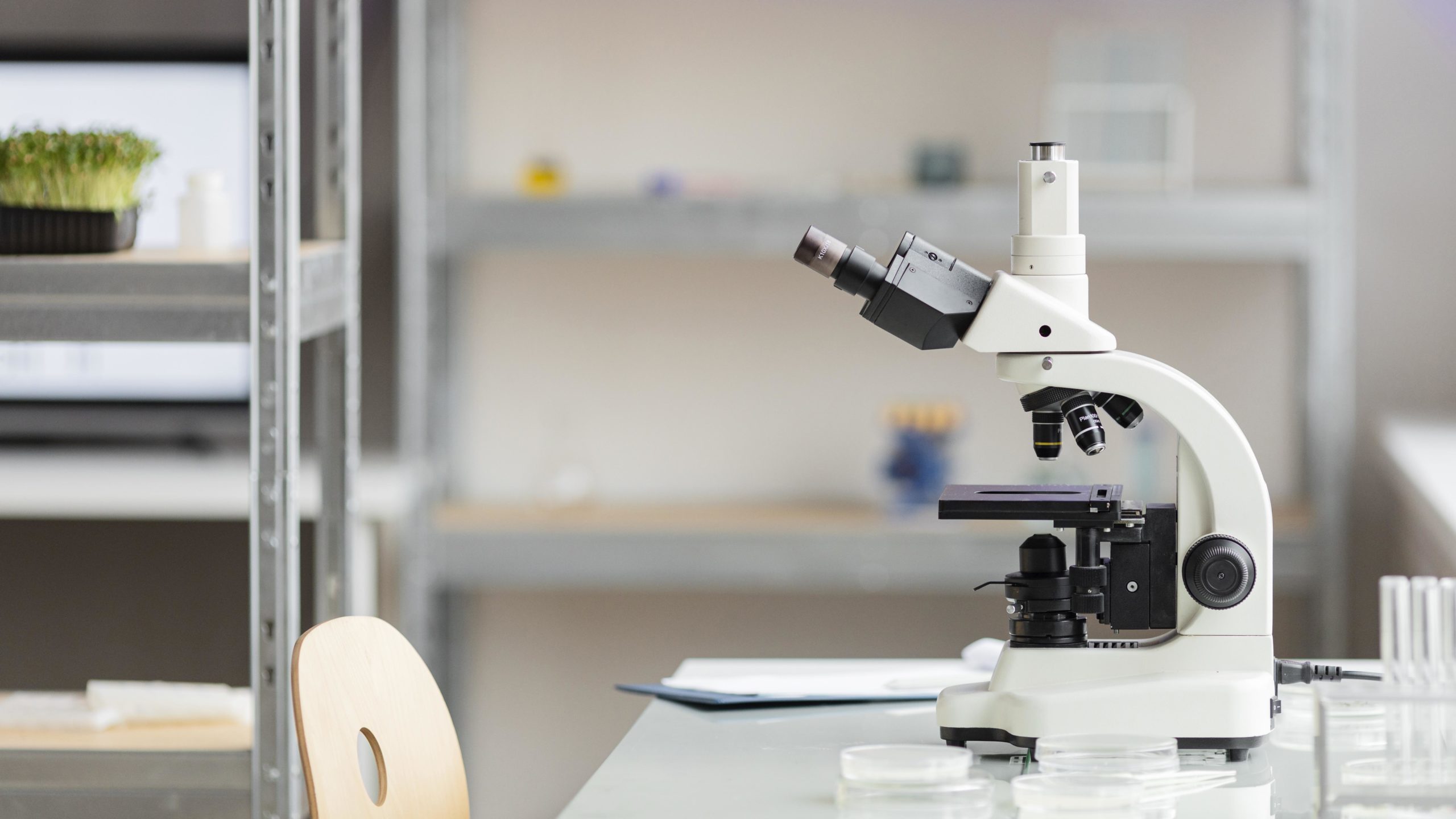How can NGS tech tell the story of your research?
Next-generation sequencing (NGS) refers to several high-throughput, in-parallel DNA sequencing technologies that have revolutionized the biological sciences. NGS is the catch-all term that describes several different modern sequencing technologies that allow for the sequencing of DNA and RNA much more quickly and cheaply than previously used Sanger sequencing. These technologies differ from traditional Sanger sequencing by providing a massively parallel analysis that can sequence millions of DNA nucleotides at the same time, yielding substantially more throughput and minimizing the need for the fragment cloning that was used with Sanger sequencing. Also, as NGS technologies advance, sequencing costs have reduced dramatically, making this technology more affordable and therefore more accessible to a wide range of research groups.
The rapid development of NGS technologies coupled with the simultaneous development of bioinformatics tools has enabled both small and large research groups to generate genome sequences for any organism of interest. Aside from using NGS for whole genome sequencing (WGS), these technologies can be used for RNA sequencing (RNA-seq), whole exome sequencing (WES), targeted region sequencing (TRS), and methylation sequencing (WGBS). The impact of the advancement in NGS technology has provided a wide range of research groups with the possibility to use genetics to answer questions from a wide range of fields including agriculture, medicine, forensic science, virology, microbiology, and marine and plant biology. Several genome sequencing companies offer NGS services that are rapid, affordable, and can identify large and small variants that might be missed with more targeted approaches.
While NGS services can be extremely useful, they also produce a large amount of data that can be overwhelming and difficult to analyze without certain skills. For example, if you purchase a WGS service, you’ll be one of only a handful of people to pocket their own sequence but you’ll also be presented with a problem: a large amount of data and limited tools to help you interpret it. This is where we come in. Novogene is one of the global providers of genomic services, using the latest in NGS sequencing and bioinformatics expertise to bring you a genomic sequencing service that has a high level of data quality and a fast turnaround time.
Our sequencing services take care of everything, from sample preparation right through to sequencing and bioinformatic analysis, but how exactly is this done? First, genetic data must be obtained. Once the sample has been extracted the library preparation takes place, which includes cleaving the input sample into fragments. Longer fragments can then be ligated to generic adaptors, which are annealed to a slide. Polymerase chain reaction (PCR) is then carried out to amplify each read which creates an area with many copies of the same read. These can then be separated and are used in the sequencing itself. Once sequenced, the reads can be reassembled to form a genomic sequence. The sequencing depth required will depend on the research questions that are being asked and the information that you will need to obtain from the read. At each point, the sample, library, and sequencing read go through quality control to check that they meet the standards required.

Once the data has been obtained, it is analyzed in a dry lab, using computational methods. The raw data is first cleaned up to filter the reads that contain adapter or are of low quality. Next, computer algorithm simulations are used, including a wide variety of bioinformatics methods that examine the data that the machine has collected. This requires a certain amount of infrastructure to store and manage the data as well as the specific analysis requirements that are needed for the research. Analyzing the data also requires code packages or software that help to annotate the information received. Our supercomputing platform enables it to analyze up to thousands of whole human genomes per year!
Standard data analysis aligns the sequencings obtained with the reference genome and examining the depth and coverage of the sequence. The sequences can also be annotated to detect variants in several parameters, including single nucleotide polymorphisms (SNPs), nucleotide mutations by insertion or deletion (InDel) and structural variations (SV). For more advanced analysis, sequencing data can be used to identify known driver genes of cancer and factors associated with other genetically linked diseases. There is a wide range of data analysis tools that can be used to find answers to the research questions that are being asked. Once this has been done, the data can be delivered ready to share with collaborators or for use in publication.
Moving forward, NGS technologies are only expected to become more advanced. Our advancement in computer technologies had already helped solve some of the needs of high-performance computing, transmission, data mining, and controllable sharing of gene data. As cloud computing, artificial intelligence, 5G, blockchain, and other technologies advance this is only expected to become easier. To get detailed information of our NGS services, please contact us directly and our team member will be in touch with you and assist to get you customized solutions.
